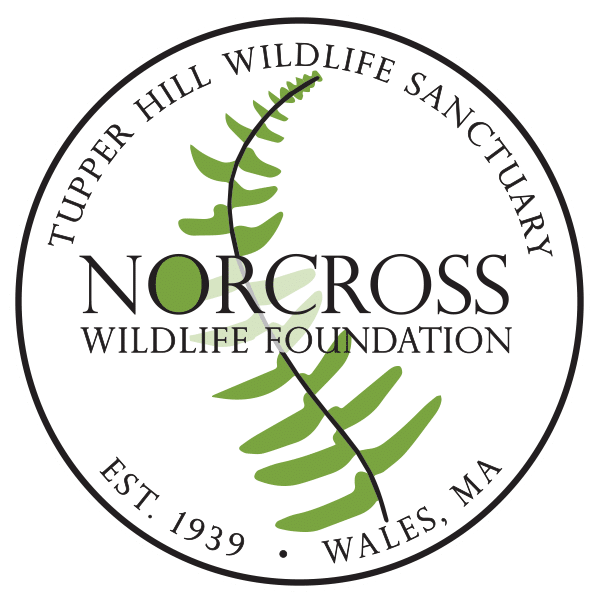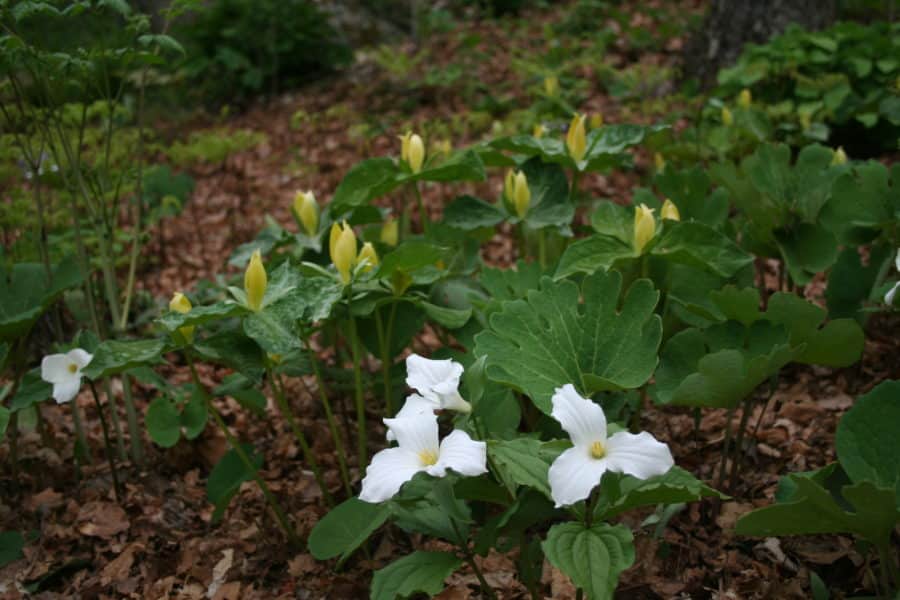During this past spring and summer I have spent a lot of time talking about “native” plants. Native plants attract native wildlife, native plants are tolerant of our strange weather, plant native plants. It occurred to me that maybe we should talk about what native means.
Native plants are those that would be found growing in a location without the help of humans. They are plants that evolved with the sun, soil, water and shade conditions around them. They provide specific services for the insects and animals that are found in this region. Native plants are those that belong here.
Native plants are not the annuals, perennials, trees or shrubs that are found at the garden center or home improvement store – although SOME of those plants may be native, MOST of them are not. Natives are not cultivars (cultivated varieties – the word cultivated should be a clue). Named varieties like “Candy Cane” found on the label are probably not native. Plants that have been selected because they have (or do not have) certain characteristics are not native.
Sometimes native plants change depending on their environment – in the right conditions two species may cross- pollinate and produce seedlings that have characteristics of each of their parents. Mutation does occur in the wild. But native plants are the ones that came to be all on their own, with no help from us.
Here at Norcross, much of our plant collection was grown from seed (or spores in the case of ferns). Sometime “sports” or mutations or color variants come out of these seeds. It is an example of biodiversity, which we try very hard to encourage. I did spend part of the summer removing non-native plants from the garden (there are only 3). Even though we may plant non-native annuals for color we don’t add them to our habitat gardens because our focus is on native plants.



